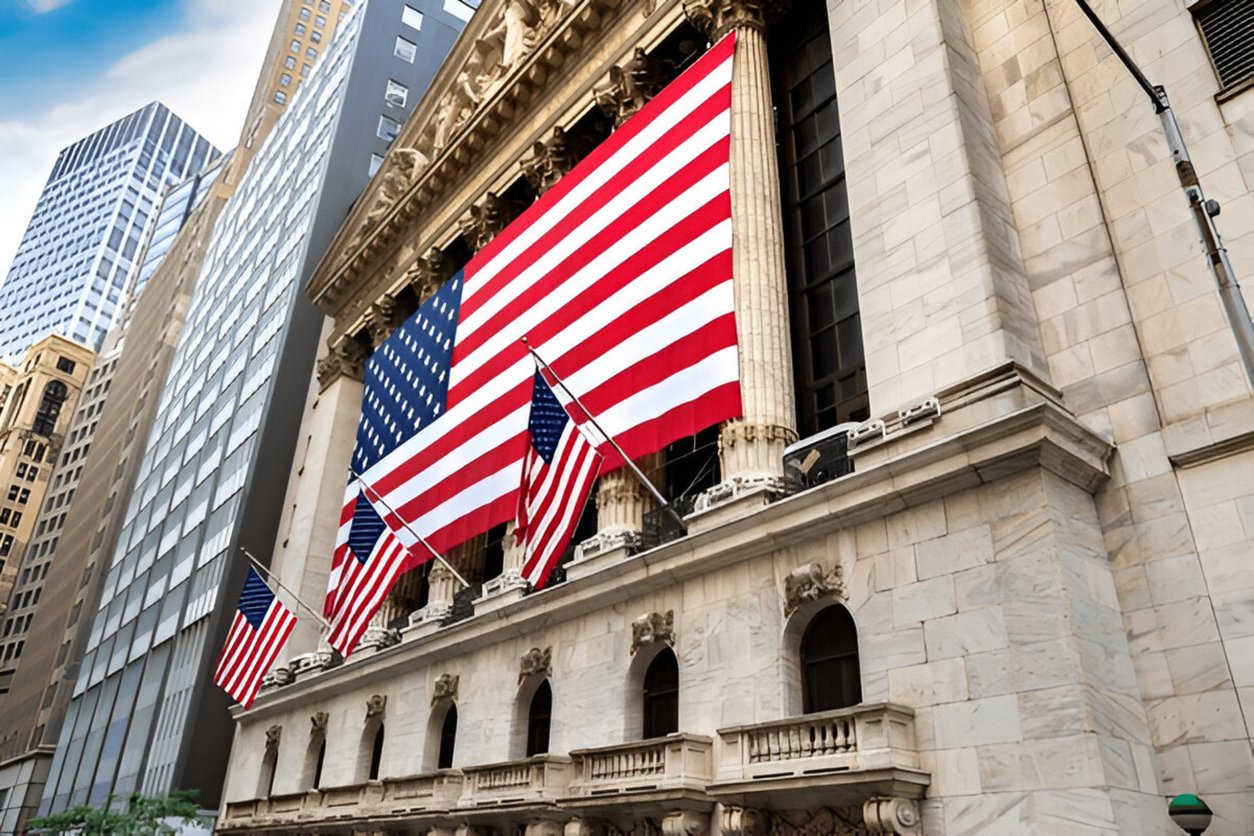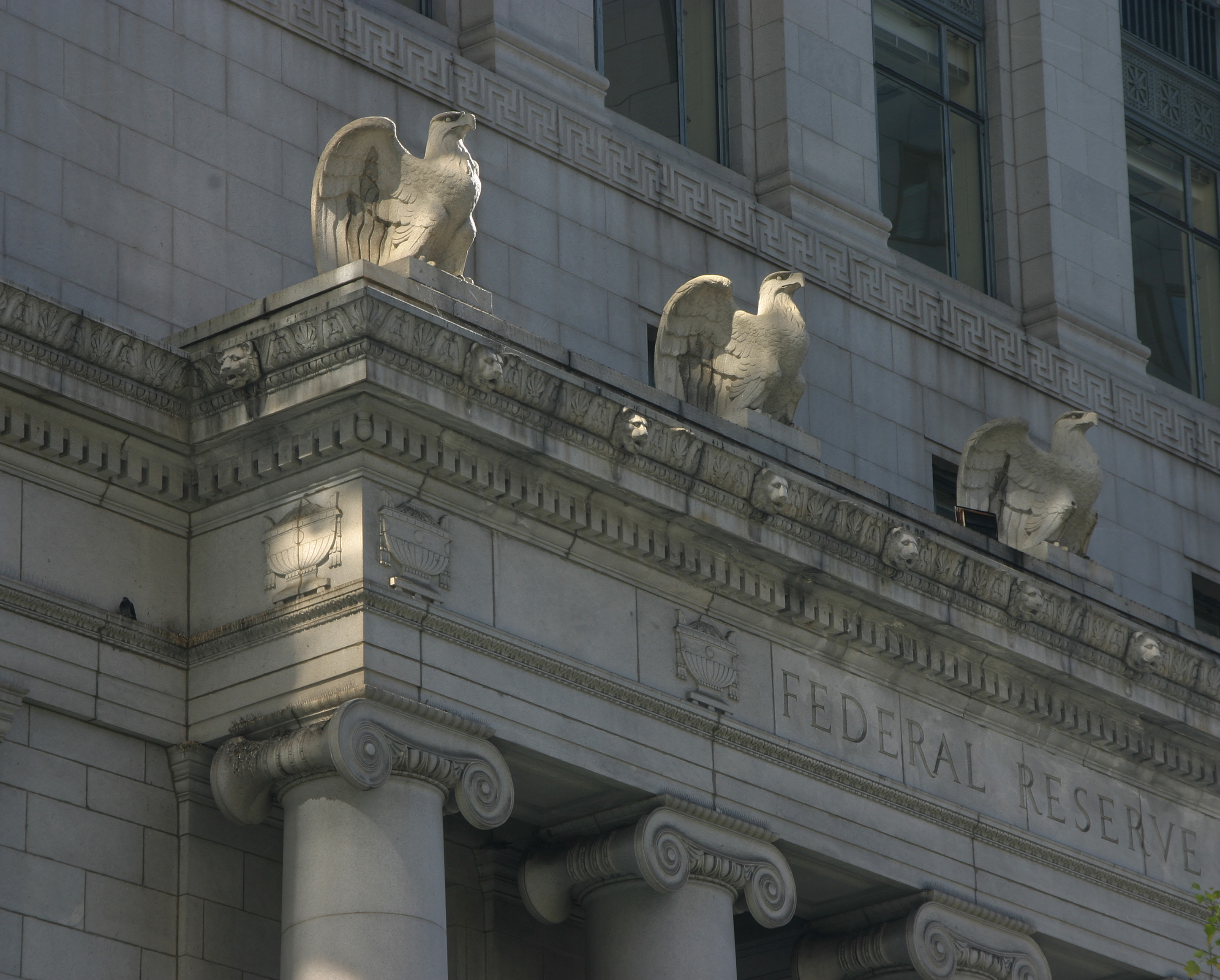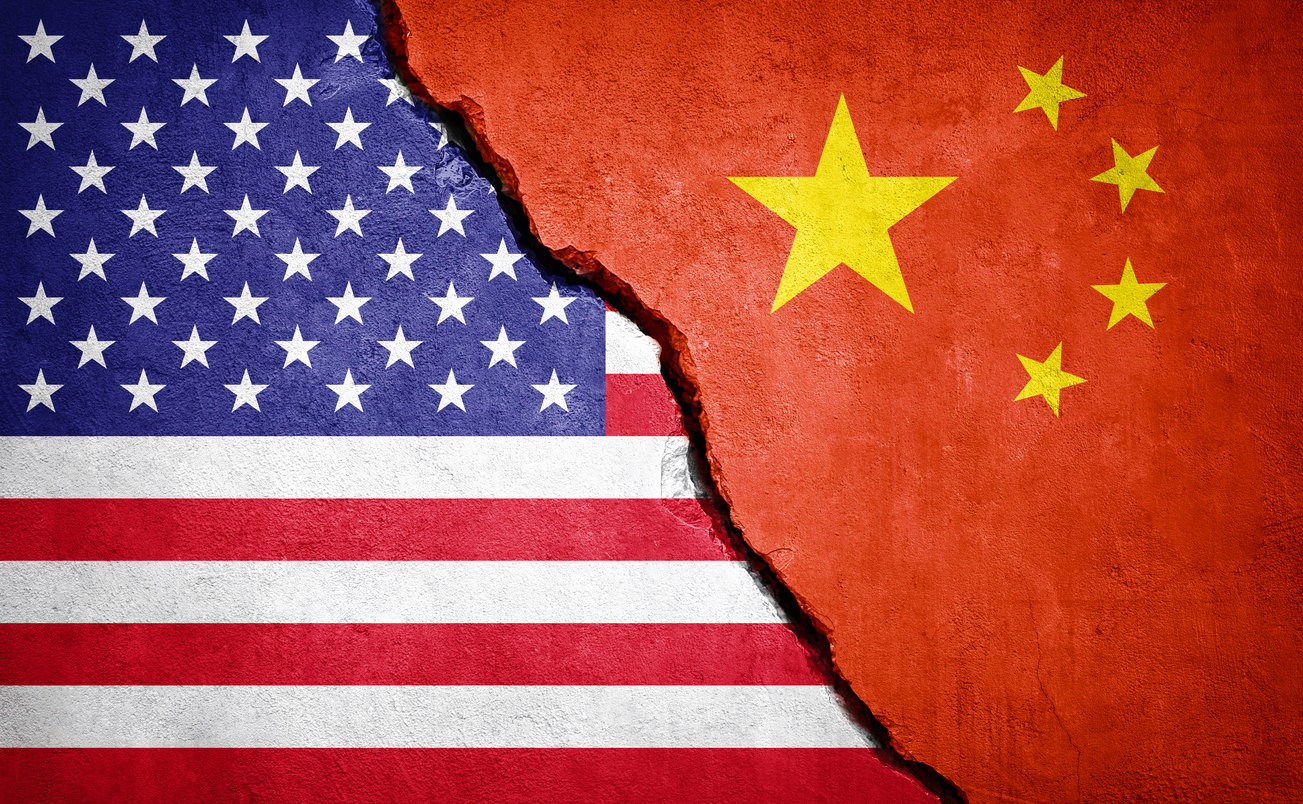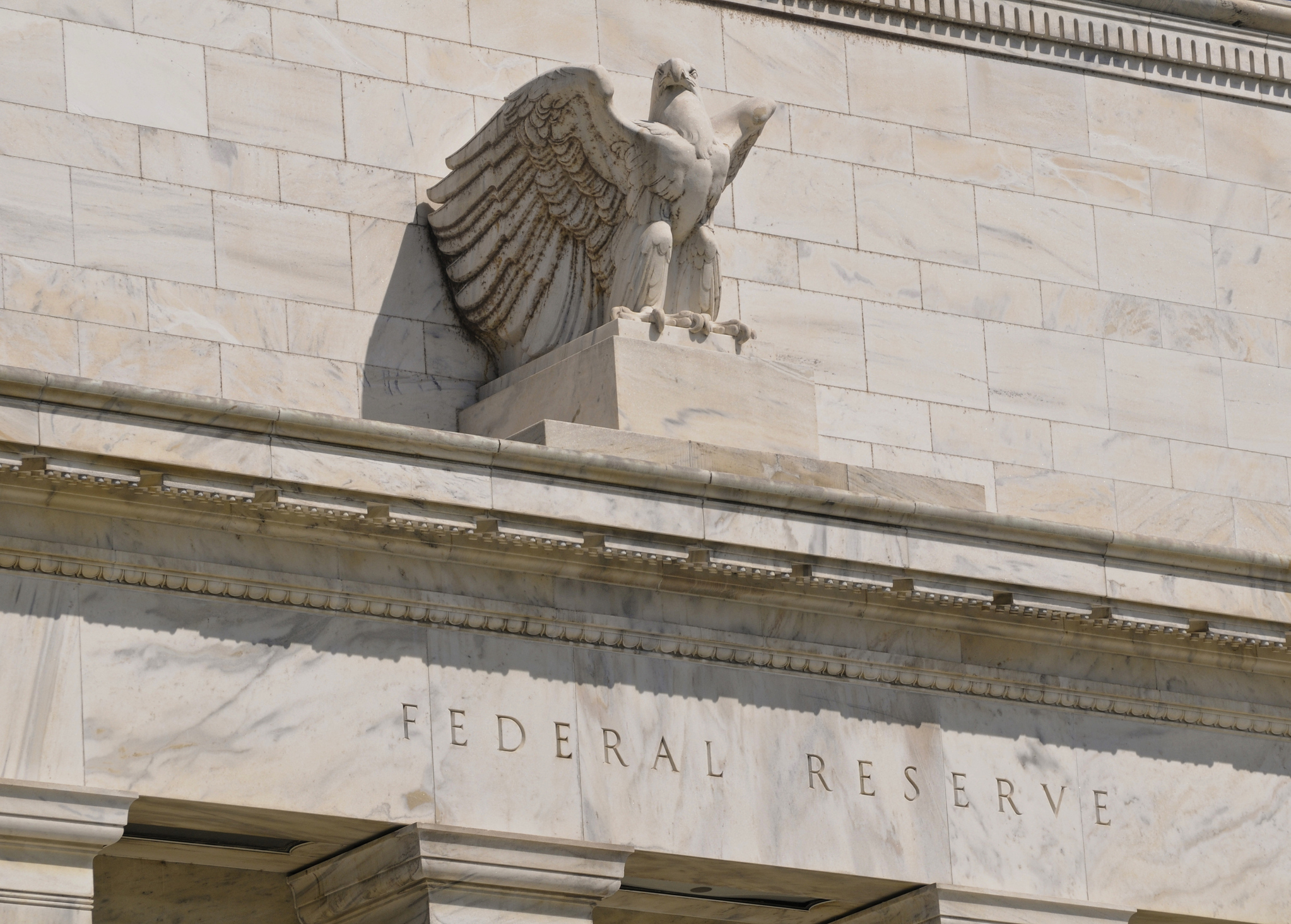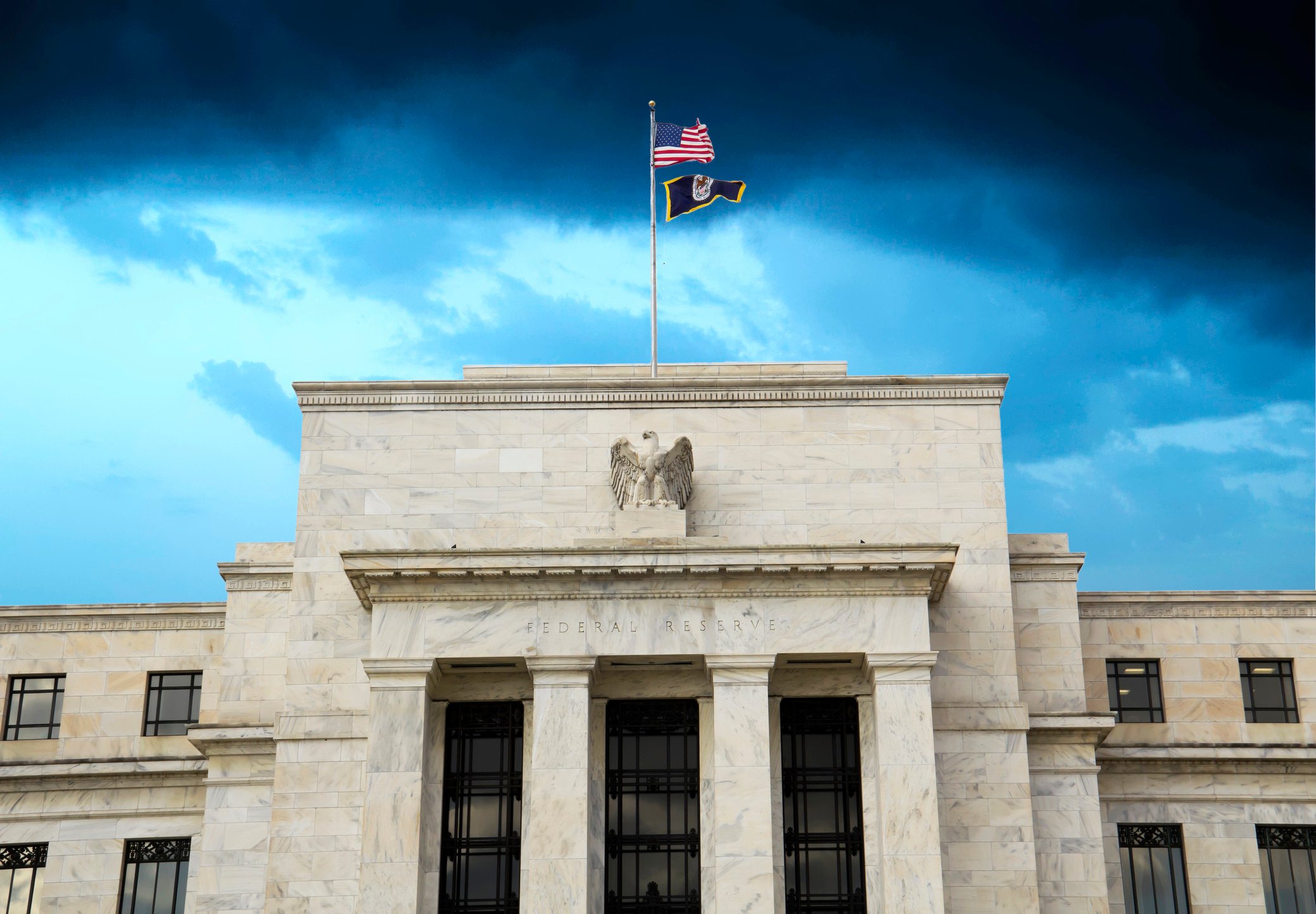Jerome Powell signals Higher for Longer Era
Jerome Powell, the Chair of the Federal Reserve, signaled a meaningful shift in the Fed’s policy stance on May 15, reinforcing that the U.S. economy is entering a structurally new regime—one defined by persistent supply-side shocks, elevated real interest rates, and heightened macro uncertainty.
Powell acknowledged that the post-pandemic global economy, shaped by fractured supply chains, deglobalization pressures, and unpredictable trade policy—such as the Trump administration’s renewed tariffs—is unlikely to support a return to the near-zero rates of the 2010s. While inflation expectations remain anchored, the Fed sees real rates staying elevated, a stance that challenges traditional equity valuations and compresses multiples, particularly in high-duration assets like growth tech and long-term REITs. As the Fed undertakes a policy framework review, re-evaluating the language around employment and inflation “shortfalls” and improving communication on uncertainty, investors should expect a more cautious and less reactive central bank.
In the coming week, equity markets are likely to remain volatile, with defensive positioning dominating as investors digest Powell’s hawkish tone and brace for the May 22 FOMC minutes. Sectors sensitive to interest rates—like technology and consumer discretionary—may underperform, while yield-driven and value-oriented sectors such as financials, industrials, and energy could see relative strength.
Looking into the next month, risk remains skewed to the downside as the 90-day trade negotiation window nears expiration and inflation data may reinforce the Fed’s higher-for-longer stance. Market upside is likely capped without a material softening in macro data, but rotational opportunities may arise in companies with strong pricing power, high ROIC, and short equity duration. Overall, Powell’s comments affirm a new monetary regime that requires investors to be more selective, grounded in fundamentals, and prepared for elevated volatility as the Fed balances credibility, inflation control, and economic resilience.
EXPLORE MORE POSTS
Navigating the New Macro Regime: Quantel’s October 2025 Results
Quantel's Premium Portfolios delivered another strong month in October 2025,...
Read Moreby Shyam Sreenivasan
Top 10 Tax Planning Strategies for Hni Commercial Brokers
High-net-worth commercial brokers stand at the intersection of deal-making and...
Read Moreby Irman Singh
Triple Shock Hits Wall Street: Liquidity, Shutdown, Sentiment
U.S. markets are falling due to liquidity stress, government shutdown...
Read Moreby Jerry Yuan
Keep More of What You Earn : Tax Strategies for Physicians
Physicians often find themselves in some of the highest effective tax brackets...
Read Moreby Irman Singh
Trump-Xi Truce in South Korea - A Fragile Pause for Markets
The U.S.–China truce cools trade tensions and supports risk appetite, but it’s...
Read Moreby Jerry Yuan
Intelligent Tax Planning for America’s Wealth Builders
by Irman Singh
Cooling Inflation Paves Way for Fed Cuts, Lifts Equity Sentiment
Cooling inflation data reinforced confidence in a soft-landing scenario,...
Read Moreby Jerry Yuan
Illiquidity: The Silent Constraint in HNwI's Portfolios
Why even substantial wealth can feel inaccessible — and how to design...
Read Moreby Irman Singh
Market Shaken by Renewed U.S. - China Tensions & Credit Fears
Renewed U.S.-China trade tensions and banking concerns triggered a sharp global...
Read Moreby Jerry Yuan
Why a Traditional Financial Advisor May Be Failing You ?
For decades, the traditional financial advisor has symbolized trust, expertise,...
Read Moreby Irman Singh
Fed Minutes Show Split Outlook: Rate Cuts Expected, but Inflation Maintains Caution
Divided Fed, uncertain path ahead — rate cuts are coming, but sticky inflation...
Read Moreby Jerry Yuan
From Insight to Execution: The Algo Way
Algorithmic investing, once the domain of hedge funds and prop desks, has...
Read Moreby Irman Singh
Drug Prices Drop, Pharma Faces a New Game
by Jerry Yuan
AI and Investing : Smarter Decisions, Sharper Insights
Artificial Intelligence (AI) is transforming the way investment decisions are...
Read Moreby Irman Singh
U.S. Tariffs Reshape Markets : Inflation, Supply Chains, and Equity Risks
by Jerry Yuan
The Overlooked Basics of Family Office
Family offices are created to simplify wealth management, protect assets, and...
Read Moreby Irman Singh
First Fed Cut in a Year: Growth Hopes, Softer Backdrop
The Fed’s first rate cut since 2024 signals a cautious pivot as growth stays...
Read Moreby Jerry Yuan
Smart Diversification for Today’s Economy
For high net worth (HNW) investors, diversification is not just about owning a...
Read More


